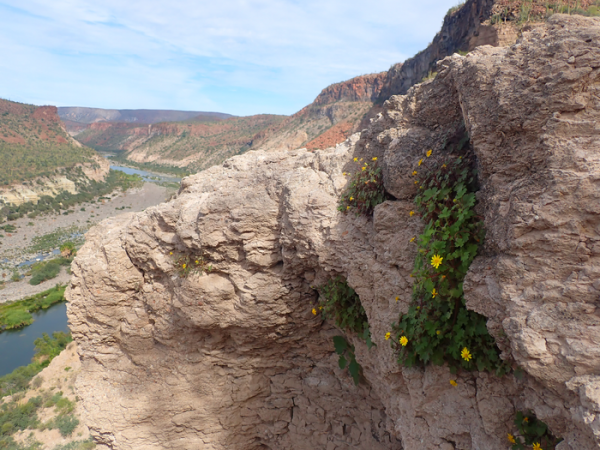At a time when climate change is making many areas of the planet hotter and drier, it’s sobering to think that deserts are relatively new biomes that have grown considerably over the past 30 million years. Widespread arid regions, like the deserts that today cover much of western North America, began to emerge only within the past 5 to 7 million years.
Understanding how plants that invaded these harsh deserts biomes were able to survive could help predict how ecosystems will fare in a drier future.
An intensive study of a group of plants that first invaded emerging deserts millions of years ago concludes that these pioneers — rock daisies — did not come unequipped to deal with heat, scorching sun and lack of water. They had developed adaptations to such stresses while living on dry, exposed rock outcroppings within older, more moist areas and even tropical forests, all of which made it easier for them to invade expanding arid areas.
Read more at: University of California - Berkeley
The Baja California rock daisy (Laphamia lobata) growing on canyon walls of volcanic rock in the Sierra de la Giganta in Baja California Sur, Mexico. This species is endemic to la Sierra de la Giganta, where it forms part of a diverse community of plants that grow solely on cliffs surrounded by a matrix of tropical deciduous forest and semi-arid Sonoran thornscrub. Rock daisies are plants of arid micro-habitats, such as exposed rock outcrops. Their adaptations to the stresses of life on bare cliffs made them ideally suited to invading desert areas of the American Southwest as they expanded over the past 5 to 7 million years. (Photo Credit: Isaac Lichter-Marck)


